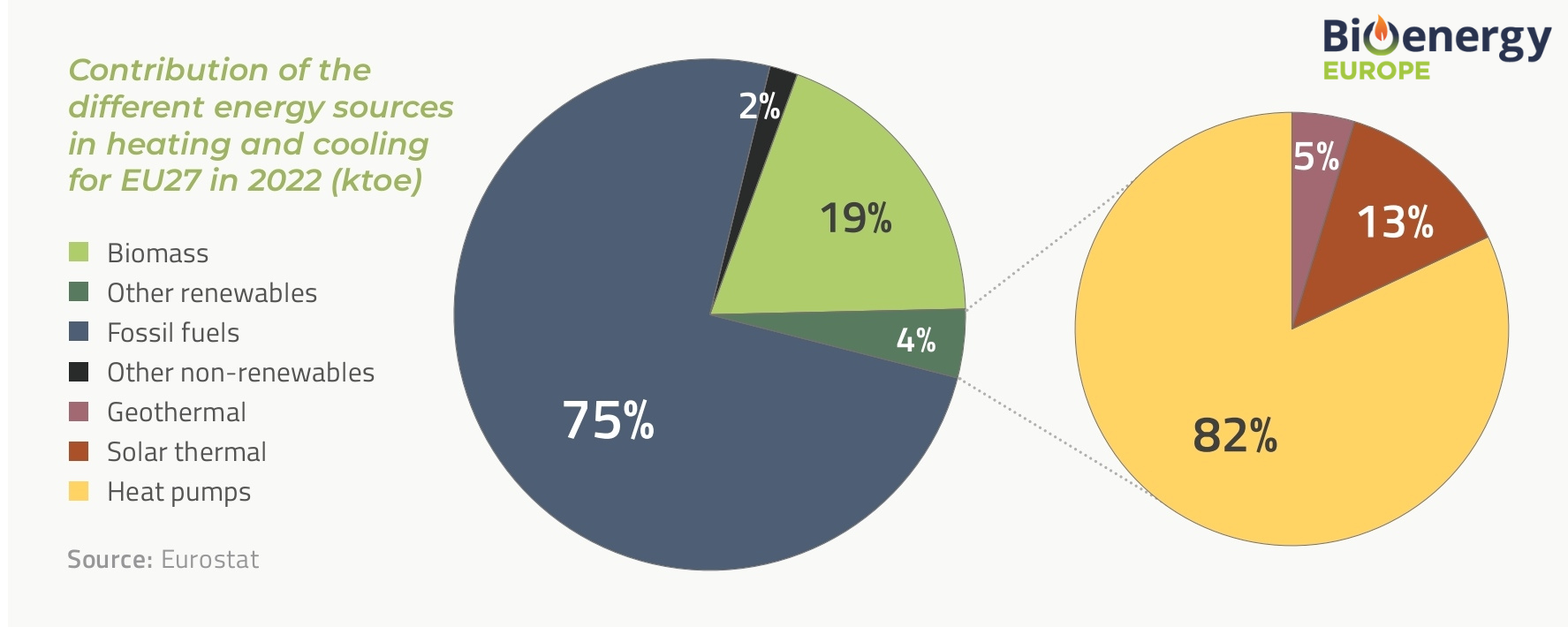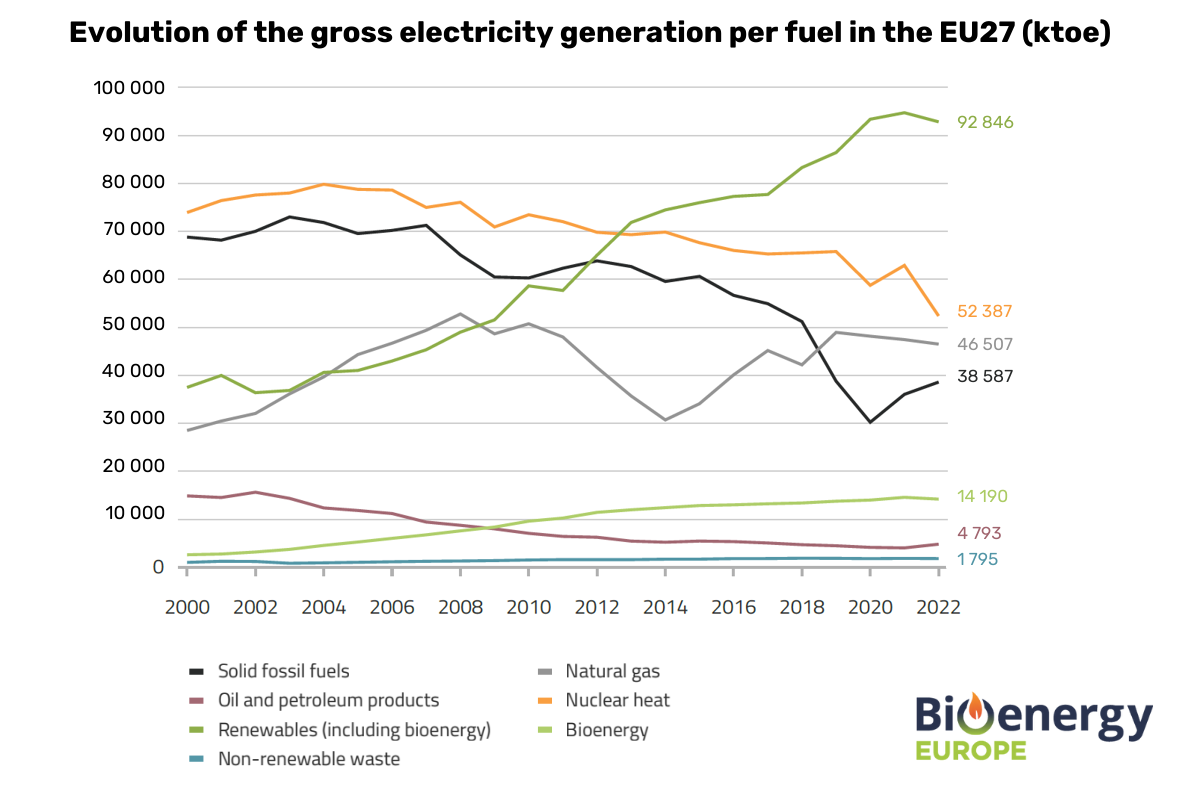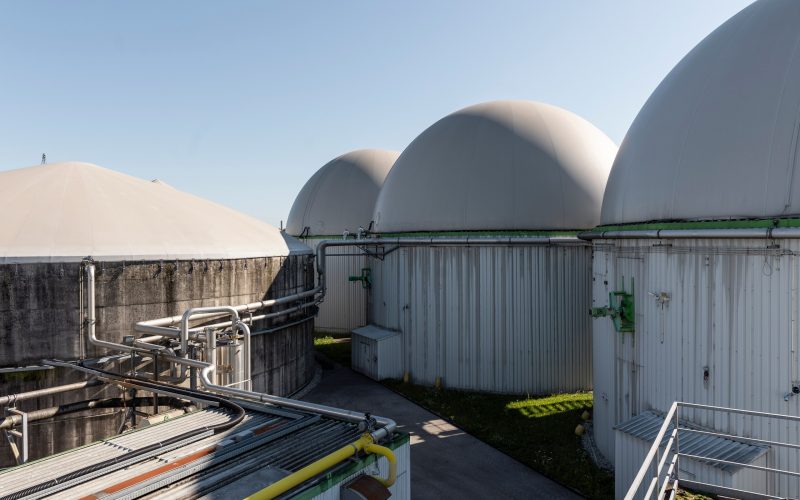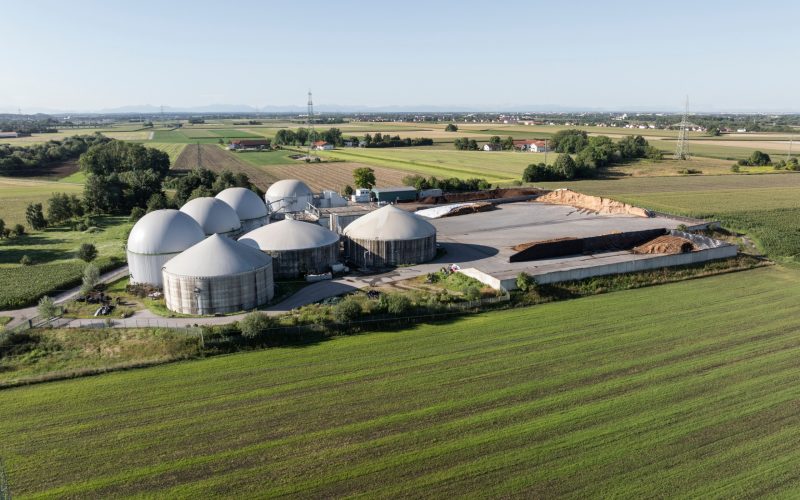Bioenergy in European heat and electricity supply
In 2022, 81% of renewable heat came from biomass, reaching 87.640 ktoe in absolute consumption. The associated greenhouse gas (GHG) savings were estimated at approximately 166 MtCO2eq.
For the SAF platform, our expert Semen Drahniev has prepared an overview on the new statistical report Bioenergy Landscape 2024 by The Bioenergy Europe.
As a reminder, the review is logically divided into three parts. We are currently publishing the second part, and the third part will be available soon. The first part is already available on the SAF platform. In this article, we will look at the state of the EU’s heating & cooling and electricity sectors.
Heating & Cooling Sector
In the heat supply sector, bioheat accounts for 19%, with the main consumers being industry and residential. Despite an 8% decrease in total energy consumption in the heat sector in 2022 due to the energy crisis, bioheat increased its relative share by 1% compared to 2021. Solid biomass remains the dominant feedstock for bioheat in Europe.

In 2023, EurObserv’er reports a Levelized Cost of Energy of approximately 53 €/MWh for bioheat, the most cost effective amongst renewable solutions.
Electricity from biomass
In general, there is an increasing trend in the production of electricity from RES. Since 2000 (37,000 ktoe), electricity production from RES has more than doubled, reaching almost 93,000 ktoe by 2022.

In 2022, the EU maintained support for bioenergy, recognizing its potential for providing reliable, dispatchable power that complements intermittent renewable sources like wind and solar. Renewable energy sources make up a substantial portion of the generation mix, with wind energy at 15,09%, hydro at 9,90%, solar PV at 7,37%, and bioenergy at 6,02%. Together, renewables comprise over a third of the total, underscoring the EU’s progress toward increasing renewable capacity to meet its climate goals.
Bioelectricity (which includes electricity generation several bio-based sources like solid biomass, biogas, liquid biofuels and municipal waste) grew at 2% from 2021 to 2022, reaching 36.884 MW of installed capacity.
Read the full article on the SAF platform.
We remind you that UABIO is a partner of the Sustainable agribusiness platform (SAF).
SAF is a communication platform that brings together agribusiness stakeholders and aims to establish strong links between market players and introduce sustainable approaches in agriculture. For this platform, our team prepares verified professional content on the bioenergy sector.


